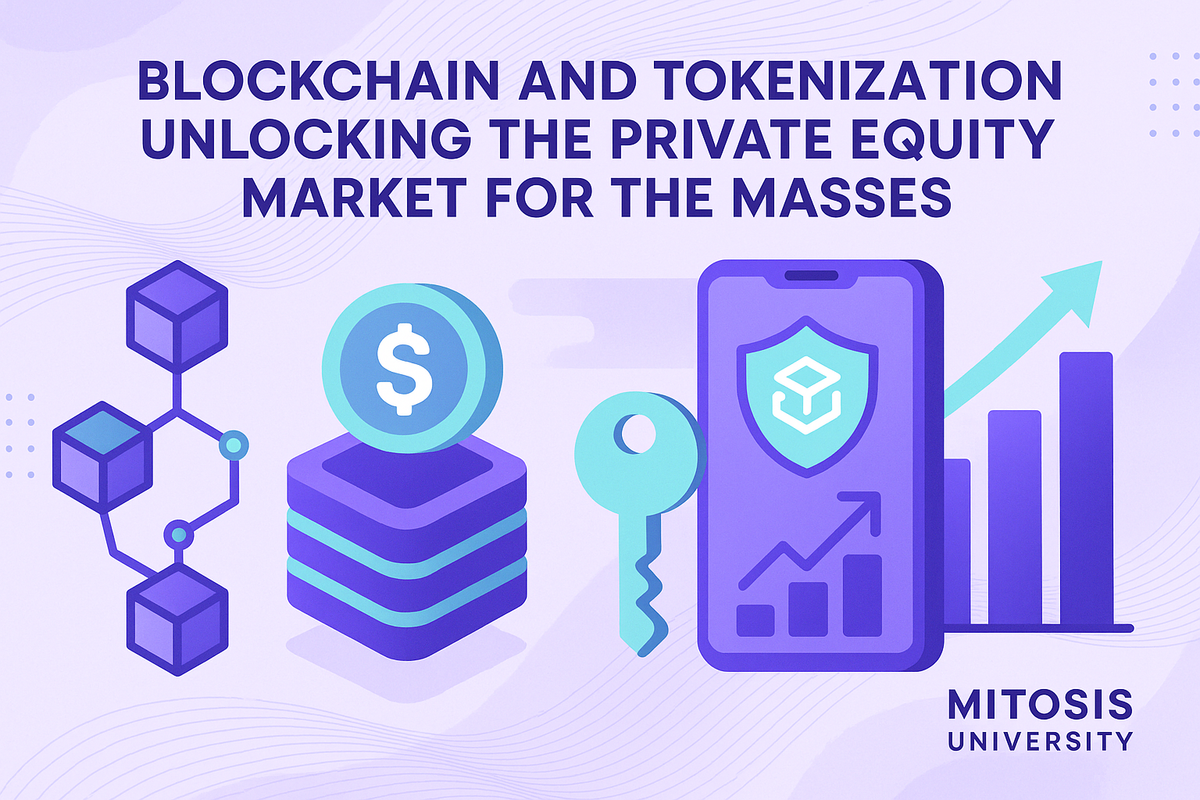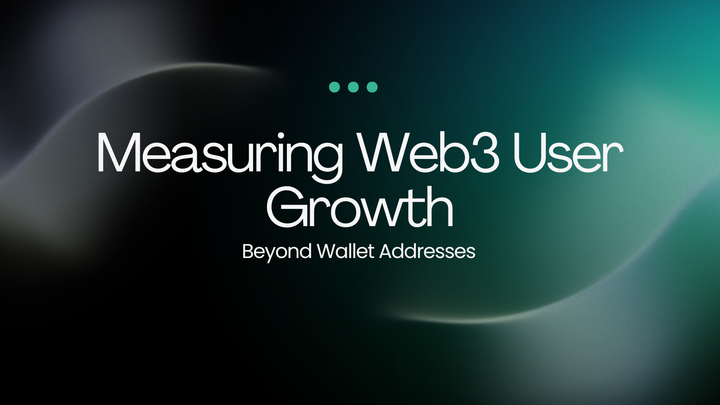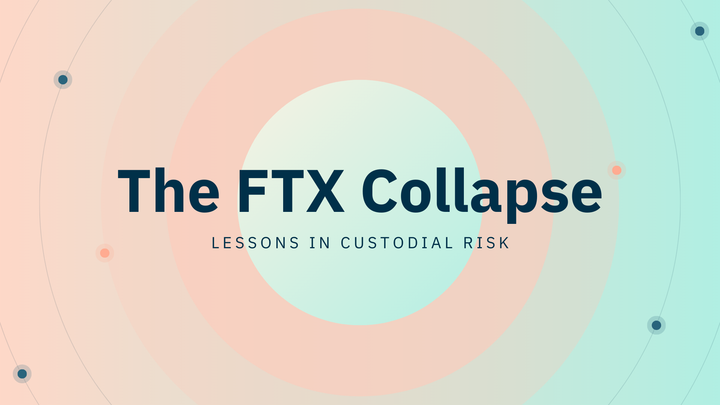Blockchain and Tokenization Unlocking the Private Equity Market for the Masses

For decades, the private equity and venture capital landscape has been a closed club—reserved for institutional giants and ultra-wealthy individuals. But that’s changing. The convergence of blockchain, tokenization, and decentralized finance (DeFi) is pushing open the doors to these once-exclusive markets.
Tokenized private equity platforms are taking aim at the traditional barriers of illiquidity, opacity, and exclusivity. By turning shares of private companies into digital tokens, these platforms promise fractional ownership, automation via smart contracts, and global reach. Yet, alongside the innovation lies a complex and fragmented regulatory web—one that determines how far and how fast this transformation can go.
This article unpacks the core mechanisms driving tokenized private investing, the models emerging from leading platforms like Republic, Securitize, InvestaX, and Polymesh, and the regulatory dynamics that will shape the sector’s future.
How Tokenization Is Transforming Private Market Access
Turning Assets into Programmable Tokens
At the heart of this shift is asset tokenization—the conversion of real-world assets (RWAs) like private company shares or real estate into blockchain-based tokens. These tokens may be:
- Fungible, akin to shares or fund units, allowing fractional ownership.
- Non-fungible (NFTs), representing unique items like a building or intellectual property.
By breaking large investments into smaller, tradable units, platforms allow retail investors to gain exposure with minimal capital. For instance, Republic’s rSpaceX tokens enable investments in SpaceX-tied returns starting from just $50.
But there’s a legal catch: many tokens don’t represent direct ownership. Republic's Mirror Tokens offer economic exposure without conferring equity, while platforms like InvestaX use tokenized SPVs to ensure legal enforceability. This nuance shapes how claims are honored, traded, and regulated.
Smart Contracts and Compliance Automation
Blockchain's programmability allows smart contracts—automated code that executes transactions when predefined conditions are met. In private equity tokenization, smart contracts handle:
- Dividend payouts
- KYC/AML enforcement
- On-chain governance and voting
- Settlement and transfer of tokenized assets
Platforms like Polymesh go further by embedding compliance logic directly into tokens, allowing automated, real-time rule enforcement. This reduces reliance on intermediaries, speeds up execution, and makes compliance proactive rather than reactive.
Yet, as compliance is coded into protocols, questions arise: How are these smart contracts audited? What happens if code becomes outdated or flawed? The shift toward programmatic compliance will require new legal frameworks—and perhaps new types of regulators.
Creating a Secondary Market for Illiquid Assets
One of the most promising aspects of tokenized equity is secondary trading. By listing tokens on regulated exchanges or decentralized platforms, investors can exit positions earlier, improving liquidity and price discovery.
However, despite marketing claims of “24/7 liquidity,” the reality is nuanced:
- Lock-up periods and accreditation rules often delay or restrict resale.
- Regulated exchanges for tokenized assets are limited in number and volume.
- Tokens often remain securities, bound by existing rules that slow liquidity.
In essence, blockchain makes technical liquidity possible, but regulation dictates actual liquidity.
The Regulatory Balancing Act
The Tension Between Innovation and Oversight
Tokenized securities must navigate a minefield of regulation. In the U.S., platforms contend with oversight from the SEC, CFTC, FINRA, FinCEN, the IRS, and state-level regulators. The SEC, in particular, applies the Howey Test to determine whether tokens are securities, typically focusing on whether buyers expect profits from others’ efforts.
Regulatory efforts like the “mature blockchain system” pathway—designed to shift oversight from the SEC to the CFTC—are promising in theory. But in practice, private equity tokens remain centralized and profit-driven, keeping them under SEC jurisdiction.
Exemptions exist, but are narrow. For instance, Republic uses U.S. exemptions to offer rSpaceX tokens to non-accredited investors—but with purchase limits and delayed trading.
Global Divergence and Legal Structuring Models
Globally, regulatory clarity varies. Singapore’s MAS offers a clear, licensing-based framework, which platforms like InvestaX use to operate confidently. In contrast, the U.S. has a patchwork of state laws and overlapping federal agencies.
This fragmentation forces platforms to adopt permissioned or hybrid models, integrating centralized compliance layers. Securitize, for example, operates as a regulated broker-dealer, while Polymesh only permits licensed financial entities to process transactions.
Legal Structures Matter
Two dominant models for structuring tokenized private equity have emerged:
- Tokenized SPVs: A legal entity holds the asset; the token represents ownership in the SPV. Favored for its legal clarity.
- Direct Tokenization: The token represents direct ownership in the asset. Simpler in theory, but faces more hurdles in enforcement and regulation.
Platforms like Republic blend models, offering derivative-like tokens tied to asset performance. These avoid some compliance burdens but also raise questions about claim enforceability and investor rights.
Conclusion
Tokenization offers a compelling vision: broad access, improved liquidity, and automated efficiency for private market investing. It promises to bring the SpaceXs of the world within reach of ordinary investors.
But this future depends not just on code—it depends on law. The current landscape reflects a hybrid model: centralized platforms using blockchain to improve, not replace, traditional finance. Full decentralization remains aspirational, constrained by legitimate concerns around investor protection, fraud, and enforcement.
Key Takeaways
- Tokenization enables fractional ownership and opens private equity to retail investors.
- Smart contracts enhance efficiency and compliance, but raise new governance questions.
- Liquidity is technically feasible but still legally constrained.
- Regulatory fragmentation—especially in the U.S.—remains the biggest barrier to global scalability.
- Platforms are adopting creative legal structures to operate within (or around) existing frameworks.
Final Thought
As blockchain-driven platforms continue to evolve, one question remains: Can regulation evolve fast enough to match innovation? The answer will determine whether tokenized private equity becomes a niche tool for early adopters—or the new standard for global investing.



Comments ()